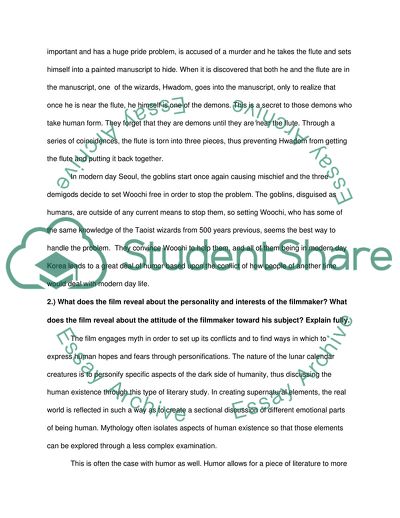Cite this document
(Woochi - The Demon Slayer Movie Review Example | Topics and Well Written Essays - 1750 words - 1, n.d.)
Woochi - The Demon Slayer Movie Review Example | Topics and Well Written Essays - 1750 words - 1. Retrieved from https://studentshare.org/visual-arts-film-studies/1753087-film-evaluation-reports
Woochi - The Demon Slayer Movie Review Example | Topics and Well Written Essays - 1750 words - 1. Retrieved from https://studentshare.org/visual-arts-film-studies/1753087-film-evaluation-reports
(Woochi - The Demon Slayer Movie Review Example | Topics and Well Written Essays - 1750 Words - 1)
Woochi - The Demon Slayer Movie Review Example | Topics and Well Written Essays - 1750 Words - 1. https://studentshare.org/visual-arts-film-studies/1753087-film-evaluation-reports.
Woochi - The Demon Slayer Movie Review Example | Topics and Well Written Essays - 1750 Words - 1. https://studentshare.org/visual-arts-film-studies/1753087-film-evaluation-reports.
“Woochi - The Demon Slayer Movie Review Example | Topics and Well Written Essays - 1750 Words - 1”. https://studentshare.org/visual-arts-film-studies/1753087-film-evaluation-reports.


